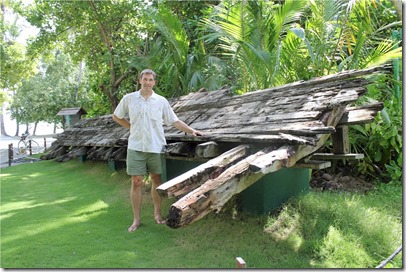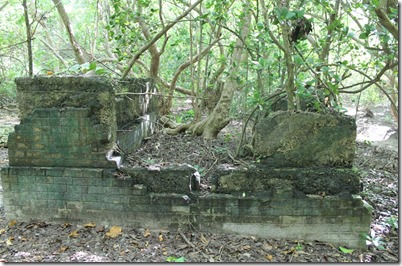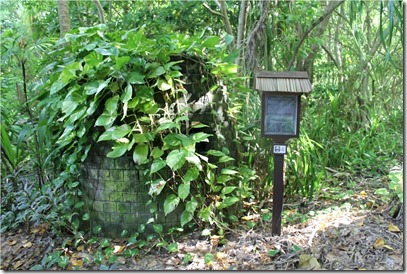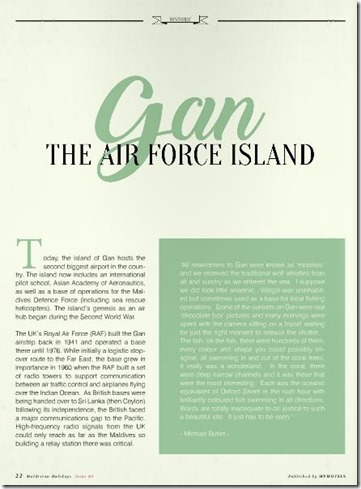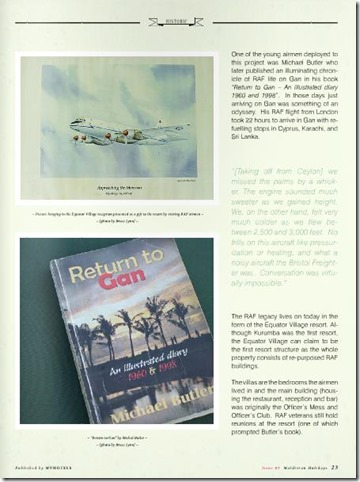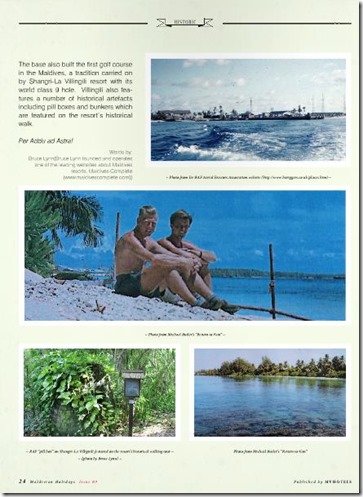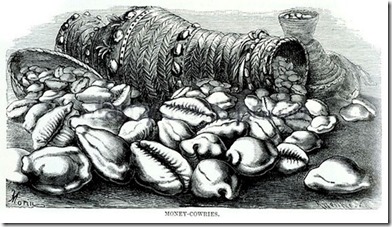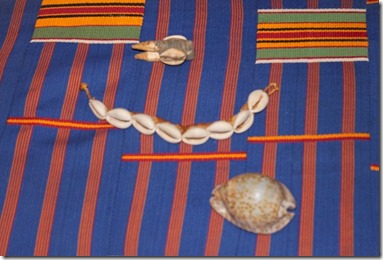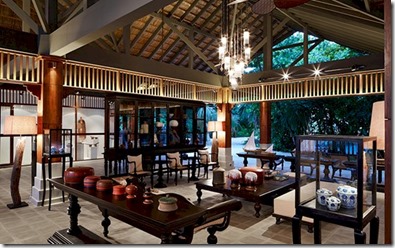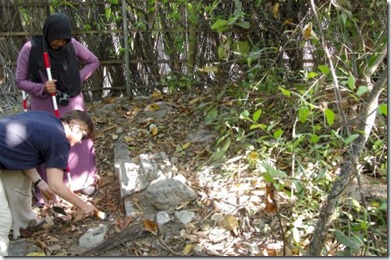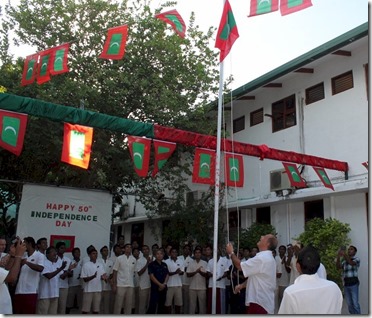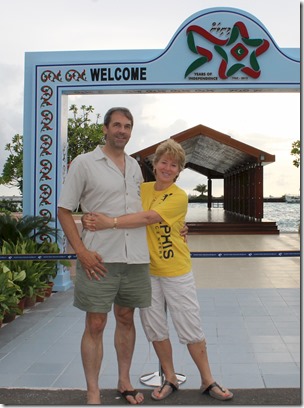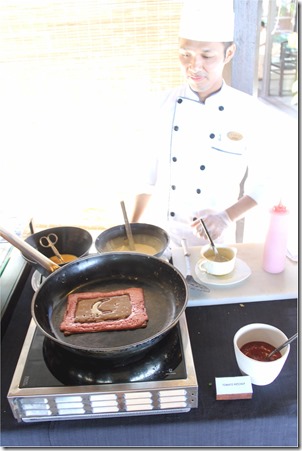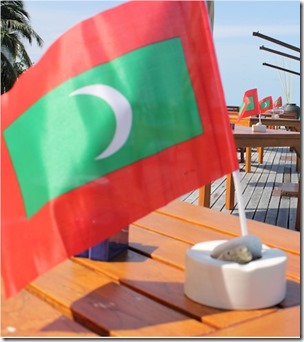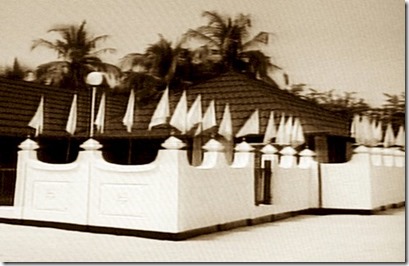The Christmas holidays are a time for being with family and friends, but also for giving a thought to those who cannot be with their loved ones. Either loss, hardship, service or some other obstacle keeps them alone at the festive time of year. While you are considering what Christmas specials, traditional films or football matches to watch, consider the “Lonely Men of the Coral Command” documentary on YouTube. It is a 36-minute portrayal of the gilded cage posting of the very first Western visitors to the tropical paradise of the Maldives – the British RAF:
- “Every day, British airplanes flying between the Persian Gulf and Southeast Asia seek out one of the tiniest dots in this remote [island] chain. It lies 600 miles southwest of Ceylon. In some of the deepest waters of the world. Its nearest neighbour due south is the ice mass of the Antarctic. It’s an island at the end of a coral atoll, and people unconnected with the military, are unlikely to ever see it…Its name is Gan.”
Referenced by “Gatecrashing Paradise”, this 1970 documentary, with the wonderfully charming retro-British writing and speaking style, features lots of vintage footage of the earliest years of the Maldives. But at its heart, it is an examination of the loneliness of men stationed there. Isolation not just far from home but the prevailing country attitude of not wanting foreigners into the country so they were prohibited from leaving their island. And the radio operators are on yet another neighbouring island which is even more isolated. Servicemen at Gan can post here for a single year versus the conventional tour of 3 years “accompanied” by family somewhere else. The much shorter duration owing to the proportional hardship of the confined sequestration. The film also introduced the bizarre situation of the single woman posted there for a range of counselling and support duties.
May your holidays be filled with warmth and companionship!

